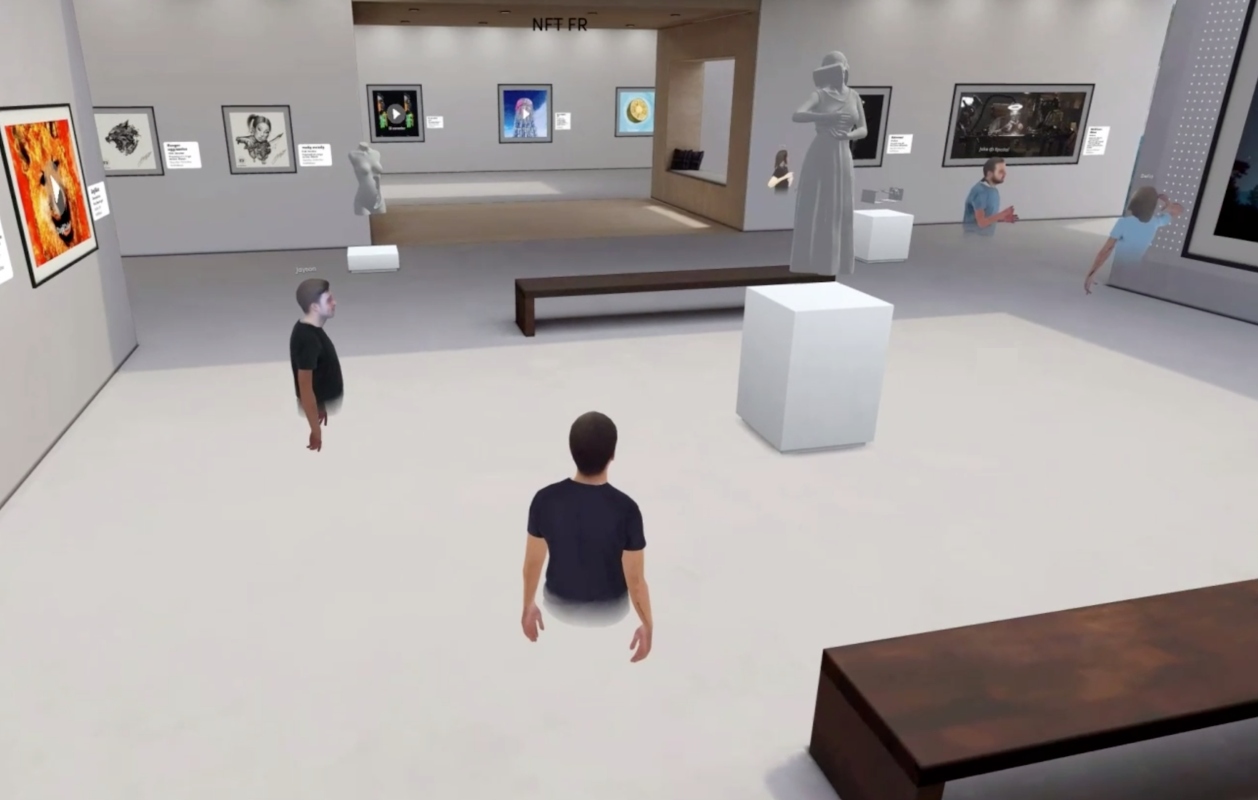NFTs have revolutionised the art industry and the mainstream adoption of non-fungible tokens has opened the doors for digital artists to sell their artwork online without needing a gallery to represent them.
Artists are also receiving commission on every secondary market sale in the form of royalties.
But how do you actually become an NFT artist?
How to become a NFT artist
1. Create your digital art
First things first, you need art to sell.
It’s important to find a niche as it allows you to build an audience that understands the type of work you create.
Choosing your NFT art niche should be relatively simple – choose something you enjoy creating and not something because it’s popular or trending.
2. Decide how you’ll create your NFT art
After you’ve determined your NFT art niche you need to decide how you’re going to create it.
iPad and Pro Create
One of the most popular tools amongst NFT artists is Pro Create on your iPhone.
Pro Create allows you to paint and illustrate using just your phone.
Editing software for images
If you need to create or edit digital images, popular options amongst NFT artists include: Photoshop, Adobe Illustrator and Lightroom.
And if you want to create GIFs and Pixel Images, Adobe Photoshop (GIFs) and Piskel (animated sprites and pixel art) are both good tools.
Sign up to get our weekly and monthly metaverse news round-ups direct to your inbox
3. Select the right format
When you’ve decide what type of NFT art you’re going to create, you need to select the file format.
NFTs don’t have file upload limitations but the marketplaces where they’re minted do have their own file size limitations.
Most marketplace’s file size requirements are based on the type of file being uploaded such as photos, videos, and thumbnails.
On NFT marketplaces, there are varying specifications when it comes to file sizes.
Some allow a maximum size of 10 MB while others allow up to 200MB.
Common file types allowed are gif, jpg, png, svg, wav, ogg, glb, glt, webm, mp3 and mp4.
OpenSea, the most popular NFT marketplace, has a maximum file size of 100MB.
You could attach unlockable content to your NFT, which means when someone buys it they have access to download the highest quality format you provide.
That means you don’t have to create NFTs as such large files that may have issues loading on some marketplaces.
4. Select the blockchain
NFTs are hosted on the blockchain which is a decentralised public ledger that exists across a network.
There are a number of blockchains to choose from when searching for a network to host your NFTs on.
Ethereum is the most popular blockchain for NFT artists and investors.
A total of 97 per cent of NFT sales are on the Ethereum blockchain.
5. Set up a crypto wallet and load it with cryptocurrency
In order to create, sell, hold, and transfer NFTs you need a cryptocurrency wallet.
Most marketplaces suggest you use MetaMask which is an easy-to-use browser extension for Chrome.
When you’ve set up your wallet, you need to load it with the cryptocurrency which powers your blockchain of choice.
If you choose Ethereum, you’re going to need some ETH, while if you choose Solana you’ll need SOL.
Cryptocurrency is needed to pay for the gas fees when moving your digital art.
6. Choose your marketplace
Next, you have to chose what marketplace you want to use to sell your NFT.
This will typically be where you mint, market, and sell your NFTs.
Depending on what type of art you’re selling, you’re better going to a marketplace dedicated to your niche for example Axie if you’re selling gaming items.
But leading marketplaces such as OpenSea and Rarible sell all kinds of NFTs such as art, videos, music and more.
7. Mint your NFT
You now need to mint your NFT and put your art collection onto the blockchain.
Minting your NFTs is easier than it sounds as long as you have a compatible wallet loaded with the correct funds.
8. Set your price and sell your NFT
Now all that is left to do is set your prices and sell your NFT.
Research your field niche and see what other artists are charging for their work.
If this is your first NFT and you haven’t yet established a following, commanding a high fee will be a challenge but Rome wasn’t build in a day.
Most platforms will provide you with an options for how to list your NFT.
On OpenSea, you can pick between a Fixed Price listing and a Timed Auction.
You can also choose to sell multiple NFTs as a bundle or reserve your NFT for a specific buyer.
Now all that remains to do is click ‘Complete Listing’.
Follow 24/7 Crypto on Twitter for the latest news and developments as they happen
